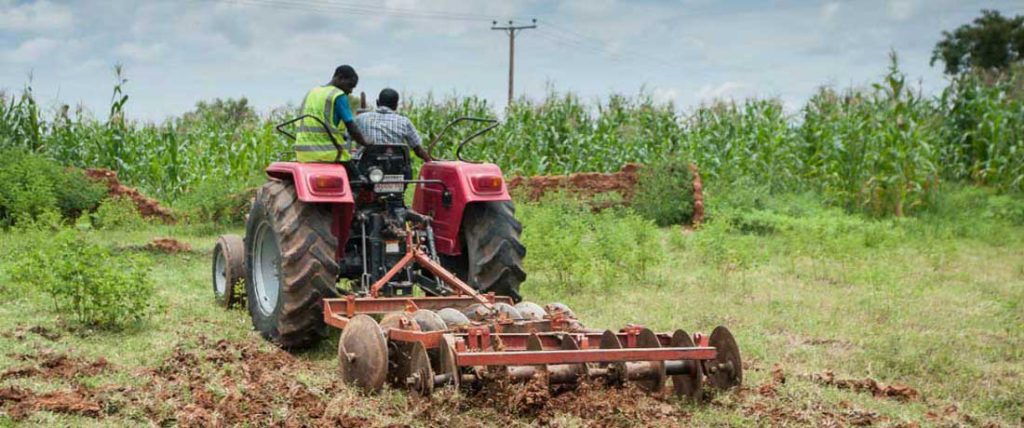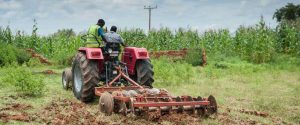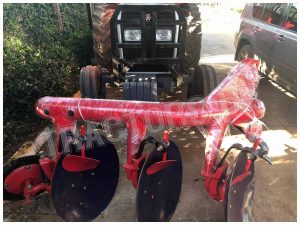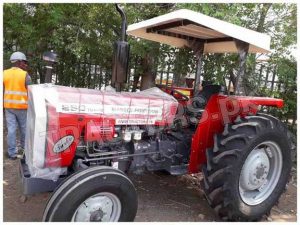Food Shortage has always been a critical issue in poor underdeveloped countries in which people are deprived of a single bite even today. As the population is currently rising at a fast pace, it will soon reach 9.7 billion by 2050. The majority of the world population is presently suffering from chronic hunger and facing an acute challenge to double food production growth capacity in order to properly meet the growing demand of people with a healthy nutritious diet.
Agriculture farming is a valuable source of growing quality crops and today’s Farmers are much worried about how to increase their per-acre land yield productivity for maximizing food production for feeding more and more people in the world.
Global food security is becoming a serious threat nowadays and we need to devise sustainable agriculture farming strategies to tackle this complicated issue. Famine is a commonly used term to exactly describe a large-scale huge amount of insufficiency of food which causes severe sickening conditions such as starvation and malnutrition among people.
Population and Poverty are inter-related factors that are the main causes of a shortfall of food in the world. It seems like a herculean task to reduce hunger and equally distribute food among 8 billion people which will rapidly increase to 11 billion by 2050. Food Aid Programs by United Nations are appreciable practices in order to feed deprived people to have a healthy nutritious diet. To grow maximum crops, there must be a large extended area of arable agriculture land which is highly difficult to access nowadays due to natural disasters, urbanization, land grabbing, and many other factors.
Land Productivity is also a definite cause of food shortage as most of the land is barren due to the shortage of water resources which are the main elements of fertile productive soil for yield crops. Wastage of Food also causes severe scarcity of food which is a common practice among people nowadays. The leftover food should not be wasted unless rotten and should be eaten up to avoid useless loss of food which can cause a serious deficit in the future. We can consume fresh food on daily basis in small quantities and not cook more excess food which cannot be eaten and go to waste. Almost 1.3 billion tons of food is wasted every year which is which could lead to a huge crisis in the future so we must overcome this wastage by utilizing leftover food in a useful way.
Climate and Agriculture are perfectly inter-related to each other as little variation in climate cause a strong impact on agriculture which requires better weather conditions for healthy crop production. Change in Climate is affected by certain harmful environmental factors such as greenhouse gases depleting the ozone layer and causing global warming which is a reason for intensifying heat and cold weather in the world. The rising temperature of heat is melting the arctic glaciers which are creating a natural disaster like floods and droughts in many countries of the world to ruin their agricultural land and badly destroy crops and livestock creating an acute shortage of food on a global level. Inorganic fertilizers and pesticides are also a major cause of climatic change which provides adverse effects on nature.
Mechanized Farming is a significant way to easily overcome food shortage because it helps in faster efficient farming techniques to produce more yield crops on a large area of arable land to get fertile productive results on an instant basis. It provides more land cultivation in less amount of time to help grow quality crops which provide feed for billions of people all around the world. It is a really wise option to adopt mechanized agriculture farming for maximizing yield crops and earning a better livelihood for farmers as it lessens the burden of labor with ease of farming operations.
Food Shortage is a global issue that is growing at a worrisome rate the need is to implement wise strategic practices to increase the amount of nutrition enriched food to feed 11 billion people with a bellyful healthy meal diet. In the modern technological era of today, it is utmost necessary to employ the latest innovative farming techniques to provide food abundance for a growing world population for a better healthy future tomorrow.



